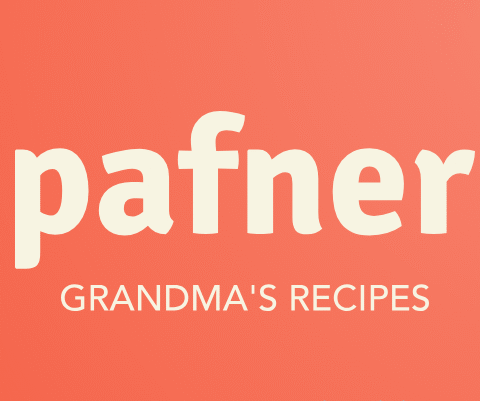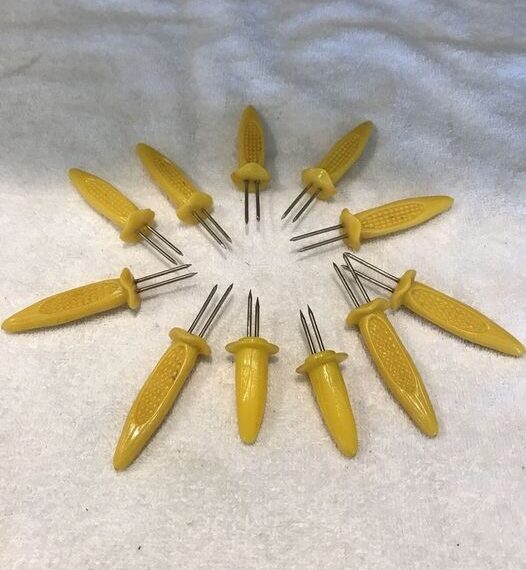Corn on the cob — golden, juicy, and delicious — has long held a cherished place on dining tables across the world. Whether it’s grilled at a summer barbecue or boiled to perfection during a cozy winter dinner, eating corn has always been a messy, buttery affair. Enter the unsung hero of mealtime convenience: corn on the cob holders.
These small but mighty gadgets have evolved dramatically over the decades. What began as a humble solution to slippery fingers and burnt fingertips has grown into a multi-million dollar industry of culinary accessories, driven by innovation, design, and even cultural trends.
In this article, we take you on a fascinating journey through the history of corn on the cob holders, explore how design has changed over the years, and examine their quirky, often overlooked cultural significance.
Origins: The Birth of a Culinary Tool
The origins of corn on the cob holders are somewhat obscure, but early records suggest that similar tools were used as early as the late 19th century. Back then, these items were simple metal prongs, designed to help diners avoid burns from hot corn.
They were first marketed as part of broader kitchen utensil sets and gained popularity through mail-order catalogs and early department stores. As corn became more of a staple food in North America, especially in the Midwest and the South, the demand for tools that made eating it easier grew.
With the rise of modern kitchen gadgets in the 1950s, corn holders began to appear more frequently — especially as the American BBQ culture took root. Eating outdoors made it more essential to have tools that could hold slippery, buttery corn easily without mess.
From Function to Form: The Design Evolution
What started as purely functional tools quickly caught the attention of product designers and kitchenware manufacturers. By the 1980s, corn holders were being crafted in a wide array of fun shapes, materials, and colors.
✅ Plastic handles replaced older metal ones, making them more comfortable and heat-resistant.
✅ Some brands added stainless steel prongs for durability and rust-resistance.
✅ Others went for whimsical designs — corn holders shaped like miniature corn cobs, animals, or even cartoon characters.
As design trends evolved, ergonomic designs, eco-friendly materials, and even child-safe corn holders entered the market. Today, you can find high-end holders made of silicone, bamboo, ceramic, or non-toxic polymer.
These design improvements weren’t just aesthetic. With rising consumer interest in health-conscious living, non-toxic cookware, and sustainable kitchen gadgets, manufacturers adapted accordingly.
High-Tech Meets Corn: The Modern Age
In recent years, smart kitchen tools and automated cooking appliances have made headlines. While corn holders may not yet be connected to Wi-Fi, they’ve still received a tech-inspired makeover.
Companies like OXO, Cuisinart, and even boutique brands have released dishwasher-safe corn holders, heat-insulated handles, and multi-use gadgets that can also double as skewers or cooking tools. These innovations reflect broader trends in the kitchenware industry, where versatility, hygiene, and space-saving design are in high demand.
Platforms like Amazon, Walmart, and Wayfair have also played a role in boosting sales, offering thousands of variations with product reviews, customer ratings, and bulk pricing options — all keywords people search for when choosing kitchen gadgets.
Cultural Significance and Pop Culture
Believe it or not, corn on the cob holders have even made their way into pop culture. They’ve been featured in sitcoms, comedy sketches, and even viral videos where pets hilariously try to eat corn off holders. Some social media influencers on TikTok and Instagram have used them in food challenges, often boosting affiliate marketing revenue for associated products.
In many households, especially in rural America, corn holders are seen as a symbol of nostalgia, evoking childhood memories of family dinners, county fairs, and summer vacations.
They’re also frequently given as budget-friendly housewarming gifts, promoted on home goods blogs, and included in grilling gift sets—making them a quiet but reliable player in the world of high CPC kitchen accessory keywords.
Are Corn Holders Still Necessary Today?
continue reading in page 2





